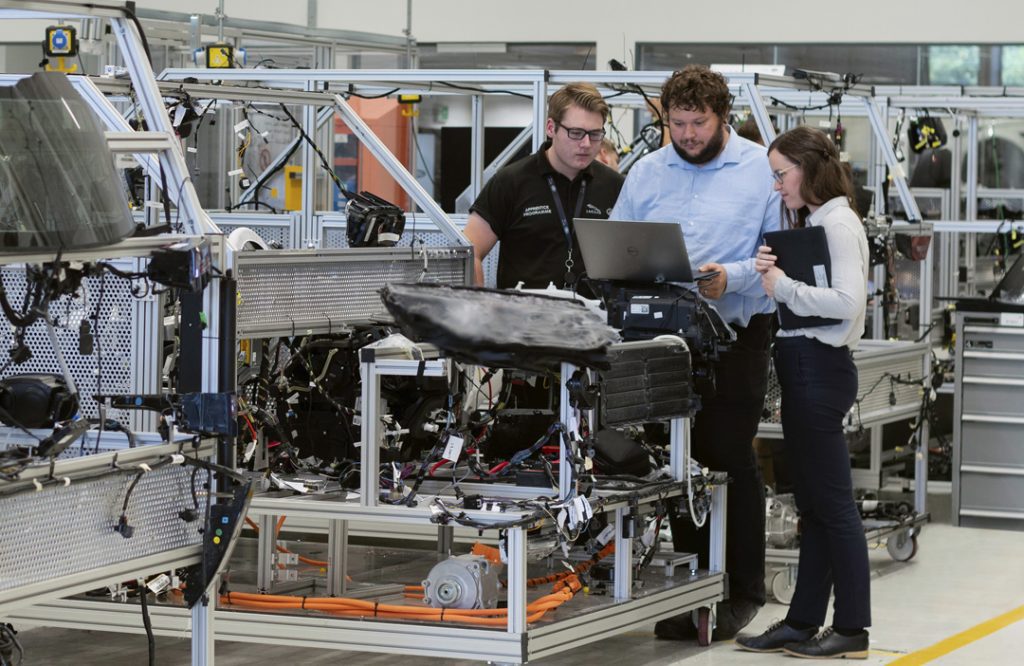The challenge
After a period of rapid external growth, a global financial services company (US$100+ billion in revenue and 100,000 employees) contacted Axialent to begin realizing its vision to become the preferred company among its key stakeholders. Although the company had been performing well from a financial perspective, internal surveys and metrics of client loss and employee absenteeism indicated the organization was not on track to fulfill its vision.
The CEO identified two key areas of strategic change moving forward: customer centricity and employee engagement. Sustainable success would come from winning people’s hearts and minds and building the right culture.
The recipes we’ve used in the past may not be the right ones going forward…. We need to prepare the organization for change, to build behaviors that will enable us to embrace change as an opportunity and not a threat.
Company meeting
The approach
A worldwide program was designed to provide leaders with the tools they needed to lead the culture transformation and create an inspiring and empowering workplace.
- They started with the top 1,000 managers, developing two dimensions:
- Thinking, feeling and acting toward a customer-centric culture
- Manager as coach, achieving performance excellence
- Axialent provided a combination of individual assessments, workshops, learner action plans and application coaching sessions to shift mental models and help acquire new behaviors and skills for day-to-day management.
- The first global rollout through the company’s subsidiaries reached over 9,000 employees.
- As part of this rollout, internal coaches were trained and established to ensure the program’s scalability and also skill transferability back to the organization.
The impact
Participants reported higher levels of self-awareness and improved relationships among their teams, leading to higher performance.

What we heard from program participants
“I put myself in the shoes of my sales people and found out they have the same feelings as I do, and we now work more as a team.”
“It helped me to prepare tricky meetings efficiently. Mainly, though, it helped me to overcome the fear of difficult conversations.”
“I had a conversation paying real attention to my inferences yesterday. It was a very intense conversation on quite a significant issue of underperformance with a team member. I planned it carefully, followed the approach pretty well, and the whole conversation took 40 minutes. I was very pleased with the outcome and felt strongly that the method helped me.”
